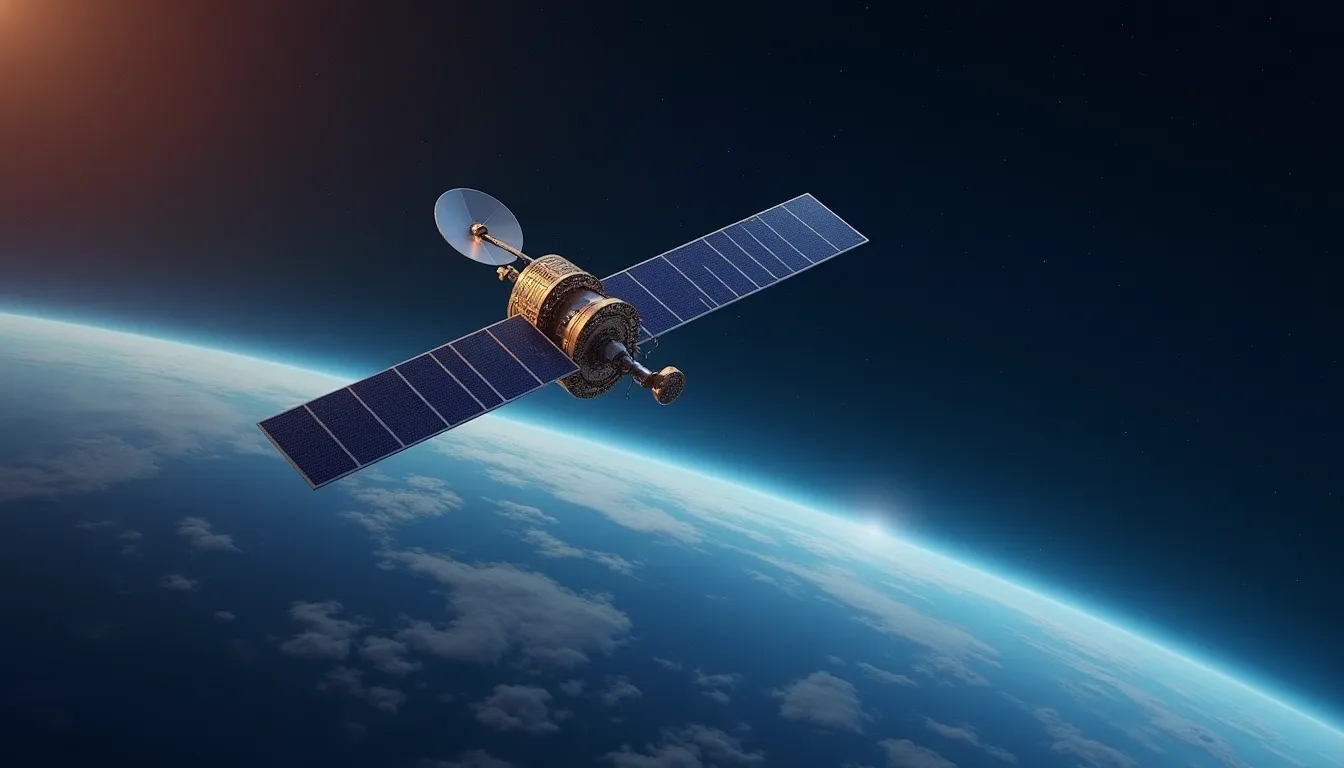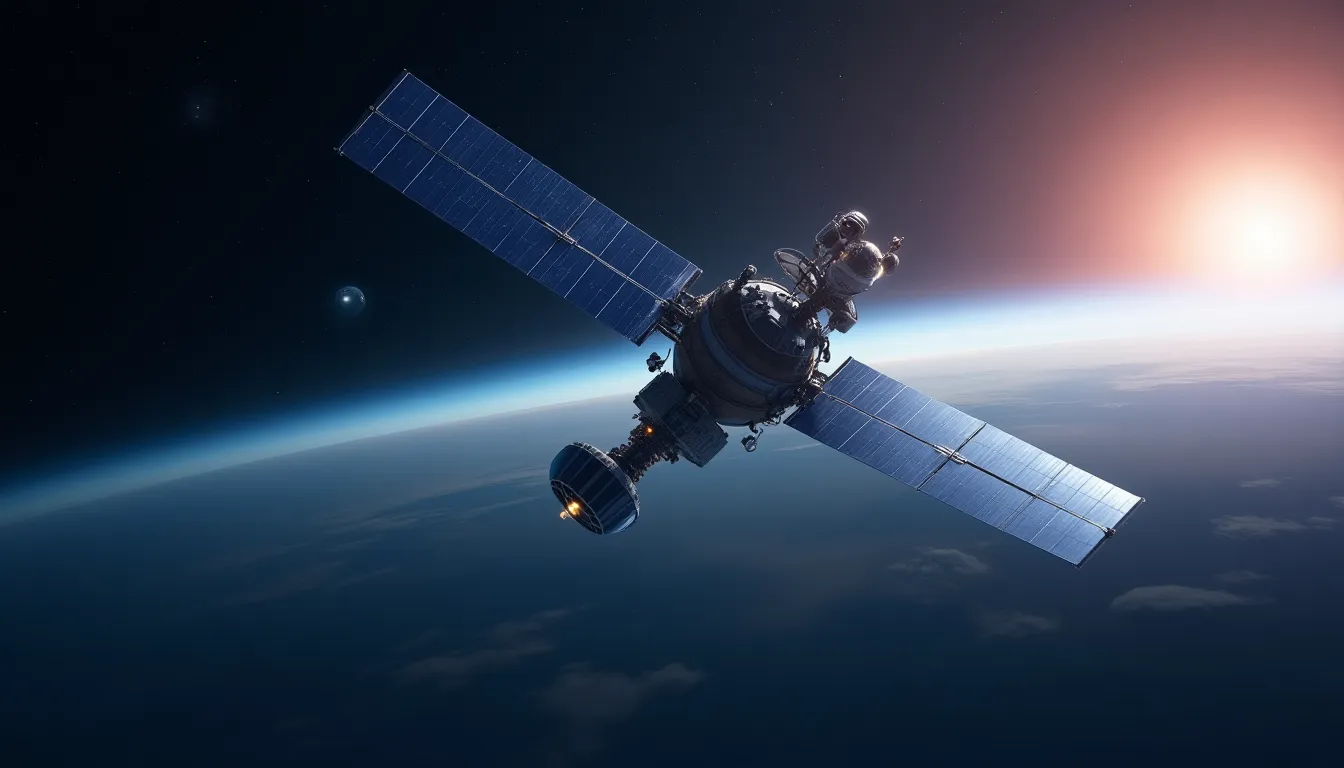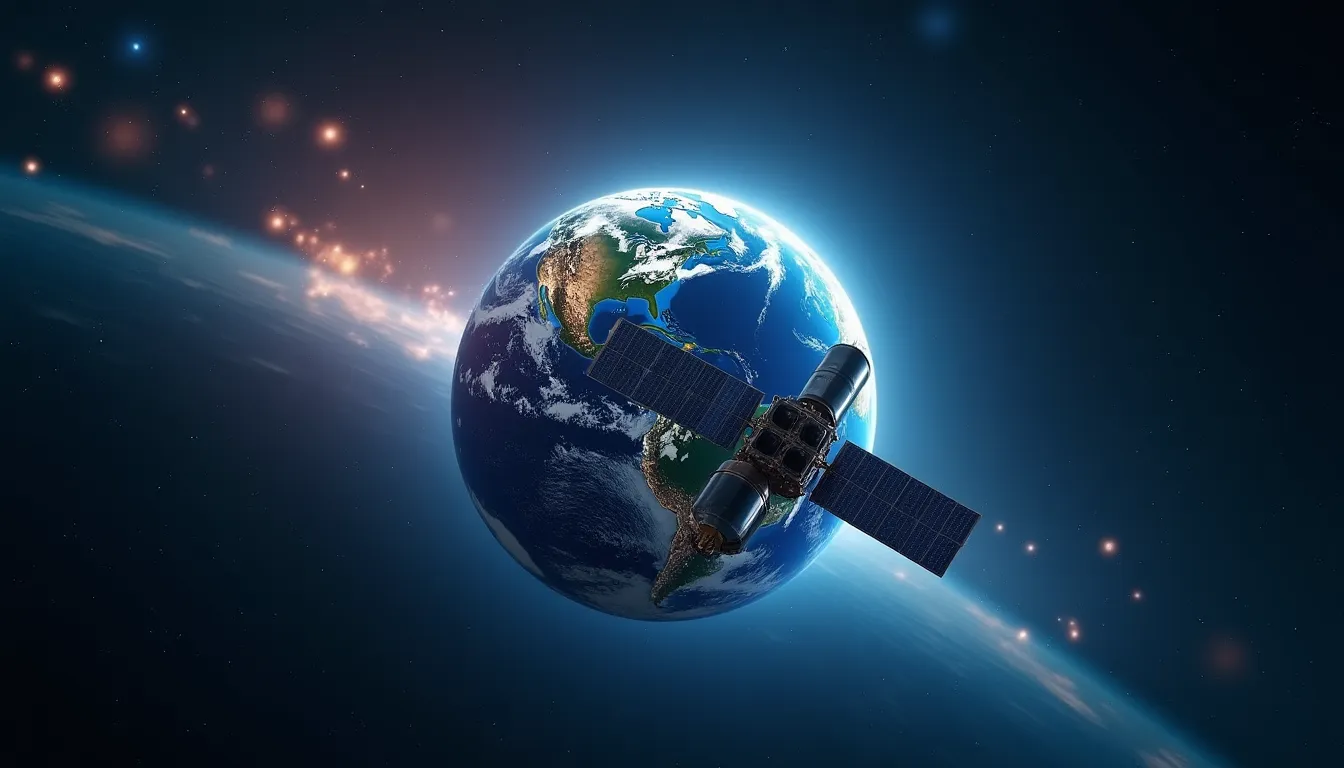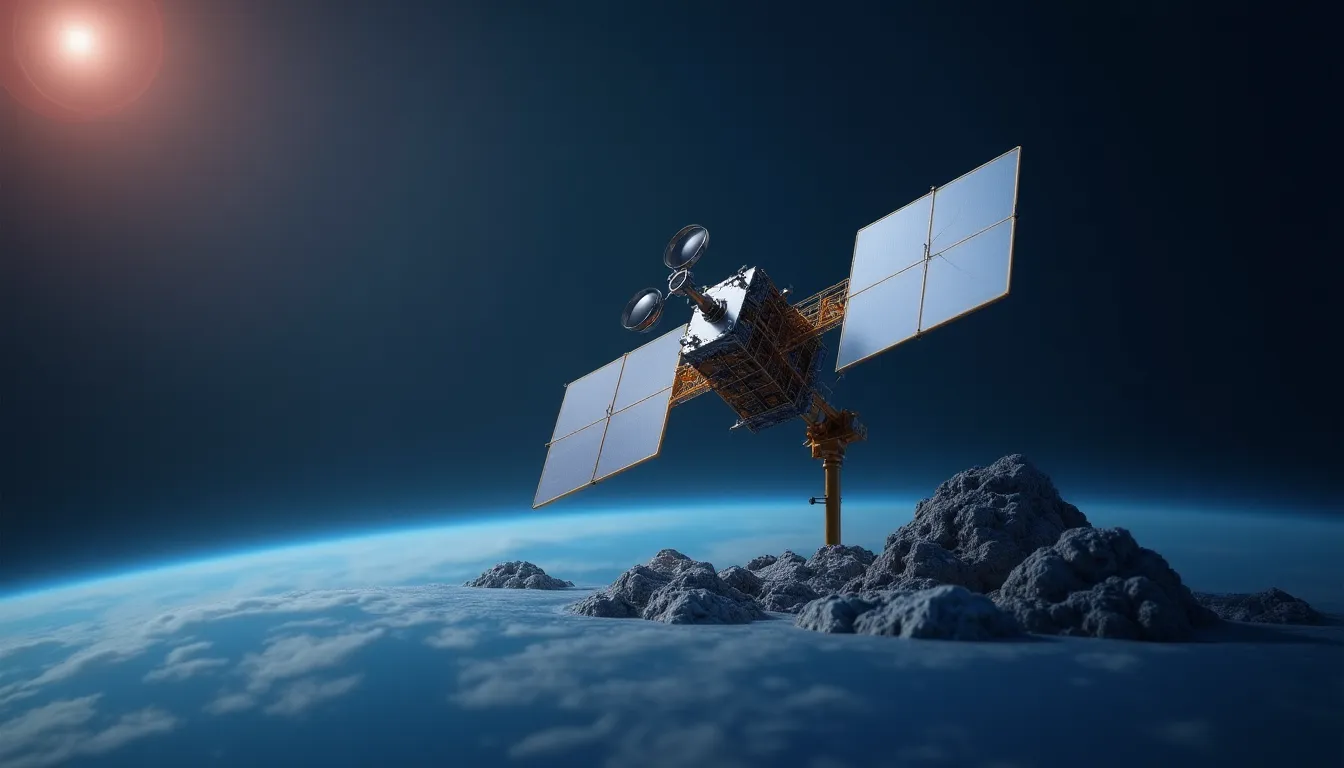The aerospace and defense industry is witnessing unprecedented growth in the satellite sector, marked by rapid developments in satellite launches, communications, cybersecurity, and Earth observation technologies. Recent advancements highlight not only the increasing capabilities of existing systems but also the strategic importance of satellites in military and commercial applications. This article delves into the most significant developments over the past month, providing insights into the ongoing evolution of the satellite landscape.
Satellite Launches and Constellations
On October 15, 2025, SpaceX successfully launched 28 new Starlink satellites into low Earth orbit (LEO), further expanding its broadband internet service coverage. This launch is part of SpaceX’s ambitious plan to deploy thousands of satellites to provide high-speed internet globally, especially in underserved regions. Meanwhile, on October 14, 2025, SpaceX also launched 21 additional satellites for the U.S. Space Force’s Space Development Agency (SDA) as part of the Tranche 1 Transport Layer. This constellation aims to enhance military capabilities, particularly in missile defense and tracking operations.
The SDA initiative involves a total of 126 satellites, with contributions from major defense manufacturers such as Lockheed Martin, York Space Systems, and Northrop Grumman. These satellites are designed to work in tandem to provide a robust network for various strategic military applications, including real-time data transmission and enhanced situational awareness.
Advancements in Satellite Communications
In the realm of satellite communications, U.S. Electrodynamics, Inc. (USEI) is at the forefront, showcasing its innovations during Silicon Valley Space Week from October 28-30, 2025. USEI focuses on developing cutting-edge radio frequency (RF) satellite communications systems and is working on expanding its Optical Ground Station (OGS) network. This network aims to support satellites in LEO, Medium Earth Orbit (MEO), and Geostationary Orbit (GEO).
The company is enhancing its ground infrastructure with 100G-capable terrestrial networks, allowing for increased bandwidth and improved data security. As cyber threats evolve, USEI’s emphasis on resilience and anti-jamming capabilities is critical for government, military, and commercial customers who depend on reliable communications in challenging environments.
Cybersecurity in the Satellite Sector
As satellites become increasingly integral to national security and commercial operations, cybersecurity measures are paramount. WolfSSL is leading the charge in this regard with its wolfCrypt module, which offers FIPS 140-3 validated cryptographic solutions tailored for space applications. This system integrates post-quantum algorithms, providing high assurance for satellites, payloads, ground stations, and launch vehicles.
The increasing complexity of satellite systems necessitates robust security solutions to defend against potential cyber threats. By implementing advanced encryption technologies, companies like wolfSSL are ensuring that satellite communications remain secure against evolving cyber risks, thereby protecting critical infrastructure and sensitive data.
Earth Observation Satellite Developments
ICEYE, recognized globally for its Synthetic Aperture Radar (SAR) capabilities, has signed a significant contract with Japan’s IHI Corporation to develop an Earth observation satellite constellation. This initial order includes four SAR satellites, with an option for 20 more, expected to commence data delivery by April 2026.
ICEYE’s SAR technology is particularly advantageous for defense and disaster response operations, providing high-resolution imaging regardless of weather or lighting conditions. This capability is crucial for monitoring environmental changes, assessing disaster impacts, and supporting various governmental and commercial applications.
Monitoring Space Environment Challenges
The European Space Agency (ESA) has recently reported alarming findings from its Swarm satellite constellation regarding the South Atlantic Anomaly (SAA). This region has become a significant weak spot in Earth’s magnetic field, expanding rapidly and weakening since 2020. The radiation exposure risk for satellites traversing this area poses potential communication blackouts and damage to onboard systems.
Swarm’s continuous monitoring provides invaluable data for understanding the dynamics of Earth’s magnetic field, which is critical for the design and operational planning of satellites. Enhanced knowledge of such environmental factors is essential for mitigating risks associated with space weather and ensuring the longevity and reliability of satellite missions.
Conclusion
The satellite sector is undergoing transformative changes, driven by technological advancements and an increasing emphasis on security and environmental monitoring. As organizations like SpaceX and ICEYE make strides in satellite launches and Earth observation, companies such as USEI and wolfSSL are enhancing communication and cybersecurity to support these initiatives. The future of satellite technology promises to be dynamic, with ongoing innovations poised to reshape how we communicate, navigate, and understand our planet. As the industry evolves, the integration of advanced systems such as precision accelerometers and high-precision fiber optic sensing coils will further enhance the capabilities of satellite systems, paving the way for new applications across diverse sectors.
References
-
Daily News Feed - Via Satellite (www.satellitetoday.com) - 10/16/2025
-
USEI: Advancements in Satellite Communications discussion at … (news.satnews.com) - 10/16/2025
-
SpaceX Launches Second Batch of SDA Tranche 1, Transport Layer … (www.satellitetoday.com) - 10/16/2025
-
ICEYE and IHI sign agreement to build an Earth observation satellite … (www.prnewswire.com) - 10/16/2025
-
SpaceX sends 28 Starlink satellites to low Earth orbit in predawn … (spaceflightnow.com) - 10/15/2025
-
A giant weak spot in Earth’s magnetic field is getting bigger - Space (www.space.com) - 10/15/2025
-
SpaceX launches 2nd batch of satellites for Space Development … (spaceflightnow.com) - 10/14/2025
-
Space Brief 8 Oct 2025 - KeepTrack (keeptrack.space) - 10/8/2025



